
Introduction: Why Yoga Before Bed Improves Sleep Quality
In today’s busy world, restful sleep has become a luxury for many. Long working hours, screen exposure, and daily stress often make it difficult to unwind at night. Instead of reaching for sleep aids or scrolling through your phone, a short bedtime yoga routine can help calm your nervous system and prepare your body for deep, rejuvenating rest.
Yoga for sleep focuses on slow movements, gentle stretches, and deep breathing to relax muscles, release tension, and quiet the mind. It lowers cortisol levels, activates the parasympathetic (rest and digest) system, and improves overall sleep quality. With regular practice, you can fall asleep faster, stay asleep longer, and wake up refreshed.
This blog will guide you through how yoga helps with sleep, the best nighttime poses, and simple breathing techniques to create a peaceful bedtime ritual.
How Yoga Improves Sleep Naturally
1. Reduces Stress Hormones – Gentle yoga helps lower cortisol and anxiety.
2. Calms the Nervous System – Deep breathing activates relaxation responses.
3. Relieves Muscle Tension – Stretches ease stiffness and fatigue.
4. Balances Hormones – Improves melatonin production for better sleep cycles.
5. Promotes Mindfulness – Reduces racing thoughts before bed.
10 Nighttime Yoga Poses for Deep Sleep
Child’s Pose (Balasana)
A deeply calming pose that releases lower back tension and quiets the mind.
Legs Up the Wall (Viparita Karani)
Promotes blood circulation and soothes tired legs. Perfect for relaxation.
Reclined Butterfly Pose (Supta Baddha Konasana)
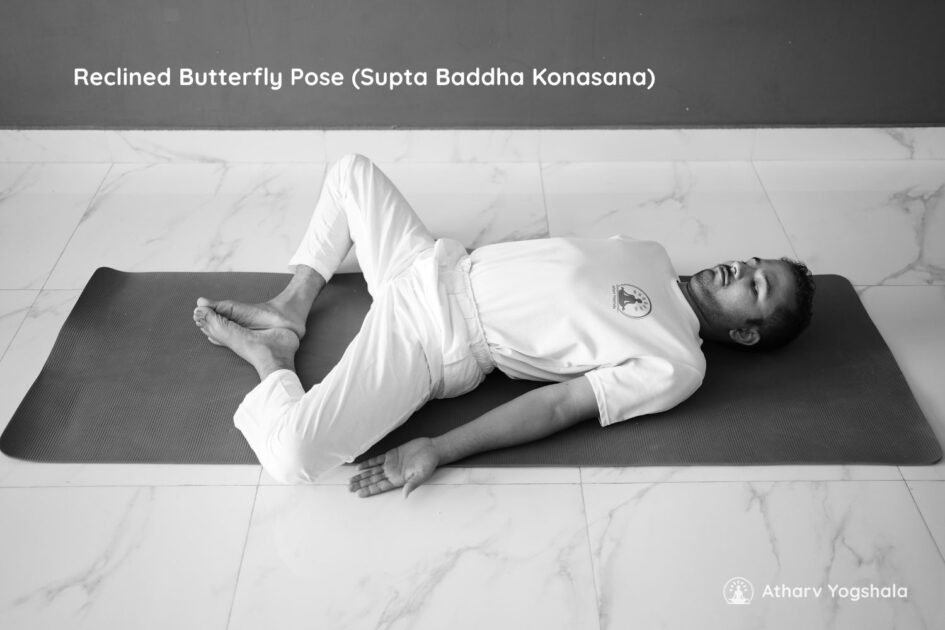
Opens the hips and chest, easing emotional tension.
Seated Forward Bend (Paschimottanasana)
Stretches the spine and calms the nervous system.
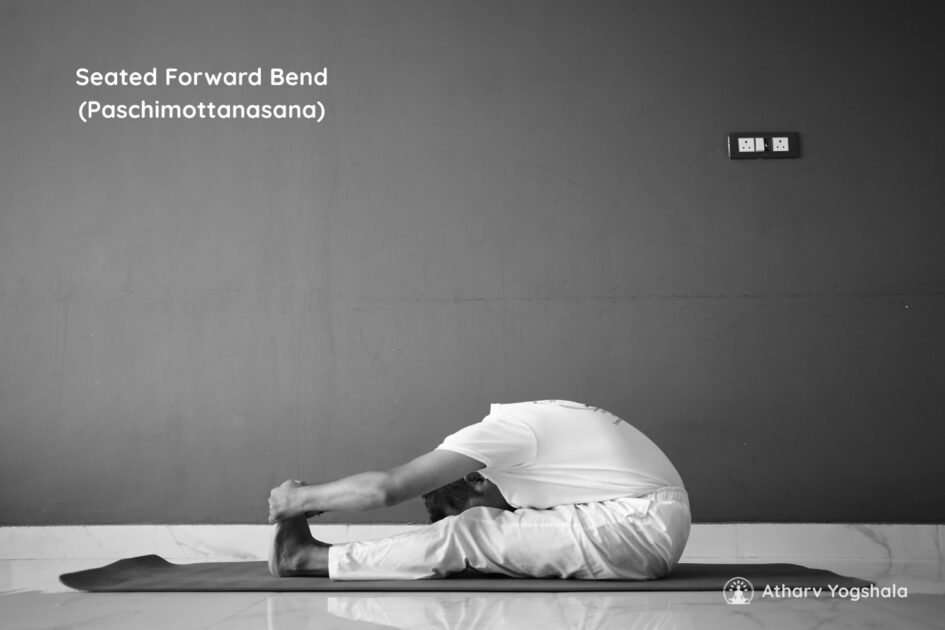
Supine Twist (Supta Matsyendrasana)
Releases the spine and aids digestion for a peaceful night.

Cat-Cow Stretch (Marjaryasana–Bitilasana)
Improves spinal flexibility and relaxes back muscles.
Happy Baby Pose (Ananda Balasana)
Gently stretches the hips and calms the mind.

Bridge Pose (Setu Bandhasana)
Opens the chest and reduces stress before sleep.
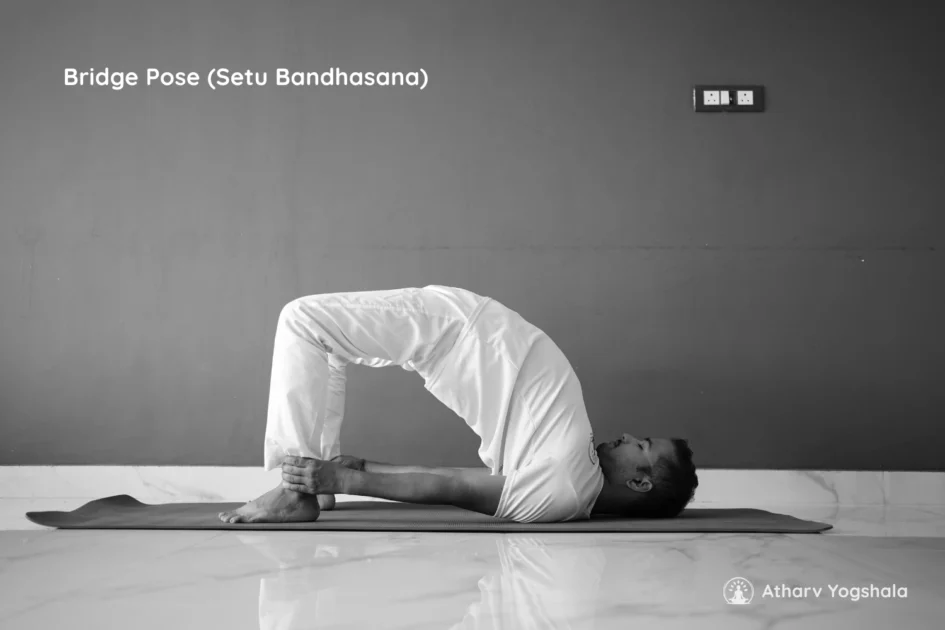
Corpse Pose (Savasana)
A final relaxation pose that allows your body to fully let go.
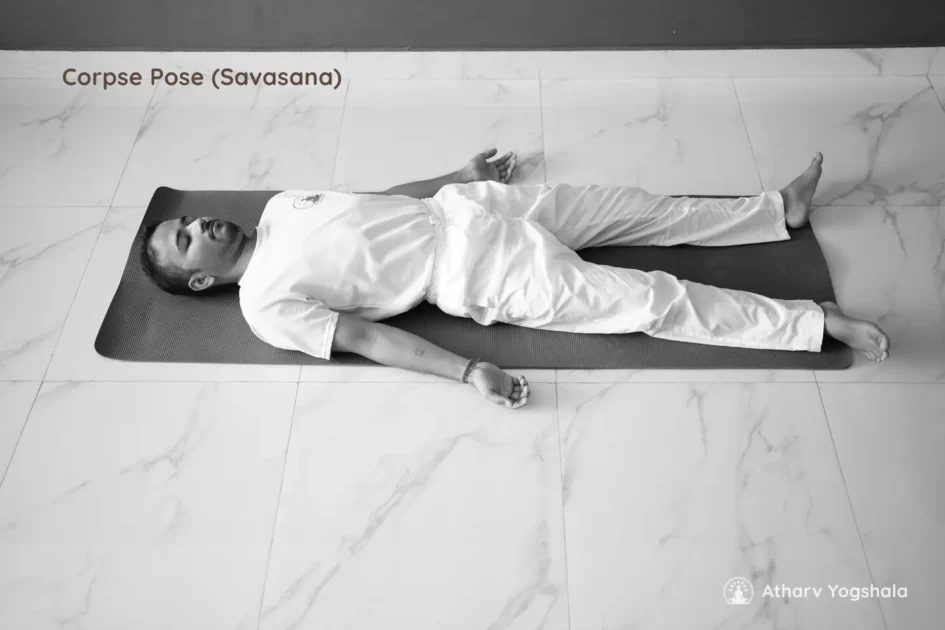
Supported Reclined Pose (Supta Virasana with Bolster)
Encourages deep breathing and mental stillness.
A 20-Minute Bedtime Yoga Routine
Try this relaxing sequence before bed:
1. Cat-Cow Stretch – 2 min
2. Child’s Pose – 3 min
3. Seated Forward Bend – 3 min
4. Supine Twist – 3 min (each side)
5. Legs Up the Wall – 5 min
6. Savasana – 4 min of deep breathing and stillness.
Practice in dim lighting, play calming music, and focus on long, slow breaths.
Breathing Techniques for Relaxation
• Alternate Nostril Breathing (Nadi Shodhana) – Balances the mind and reduces stress.
• 4-7-8 Breathing – Inhale for 4, hold for 7, exhale for 8 – promotes calm.
• Belly Breathing – Deep diaphragmatic breathing relaxes muscles and nerves.
• Ujjayi Breath – Gentle ocean-like breathing helps focus and promote stillness.
Creating a Peaceful Nighttime Yoga Environment
• Practice in a quiet, dimly lit room.
• Avoid screens 30 minutes before your session.
• Use a soft mat or bed surface for comfort.
• Add soothing scents like lavender or chamomile.
• Maintain a consistent bedtime routine.
Frequently Asked Questions (SEO Section)
Q1. Can I do yoga in bed before sleep?
Yes, gentle stretches like Legs Up the Wall and Supine Twist can be done in bed.
Q2. How long should I practice yoga for sleep?
Even 10–20 minutes can significantly improve relaxation and sleep quality.
Q3. Is it okay to fall asleep in Savasana?
Absolutely! That’s a sign your body is deeply relaxed.
Q4. What time is best for sleep yoga?
About 30 minutes before bedtime.
Q5. Can yoga replace sleep medication?
While yoga improves sleep naturally, consult your doctor before stopping any prescribed medication.
Conclusion: Surrender to Stillness
Yoga before bed is not about flexibility or strength—it’s about surrendering the day and preparing your body for rest. By incorporating even a short nightly yoga routine, you can reduce insomnia, anxiety, and restlessness while improving sleep quality and emotional balance.
Remember, peaceful nights create powerful mornings. So tonight, roll out your mat, breathe deeply, and drift into calm, restorative sleep.


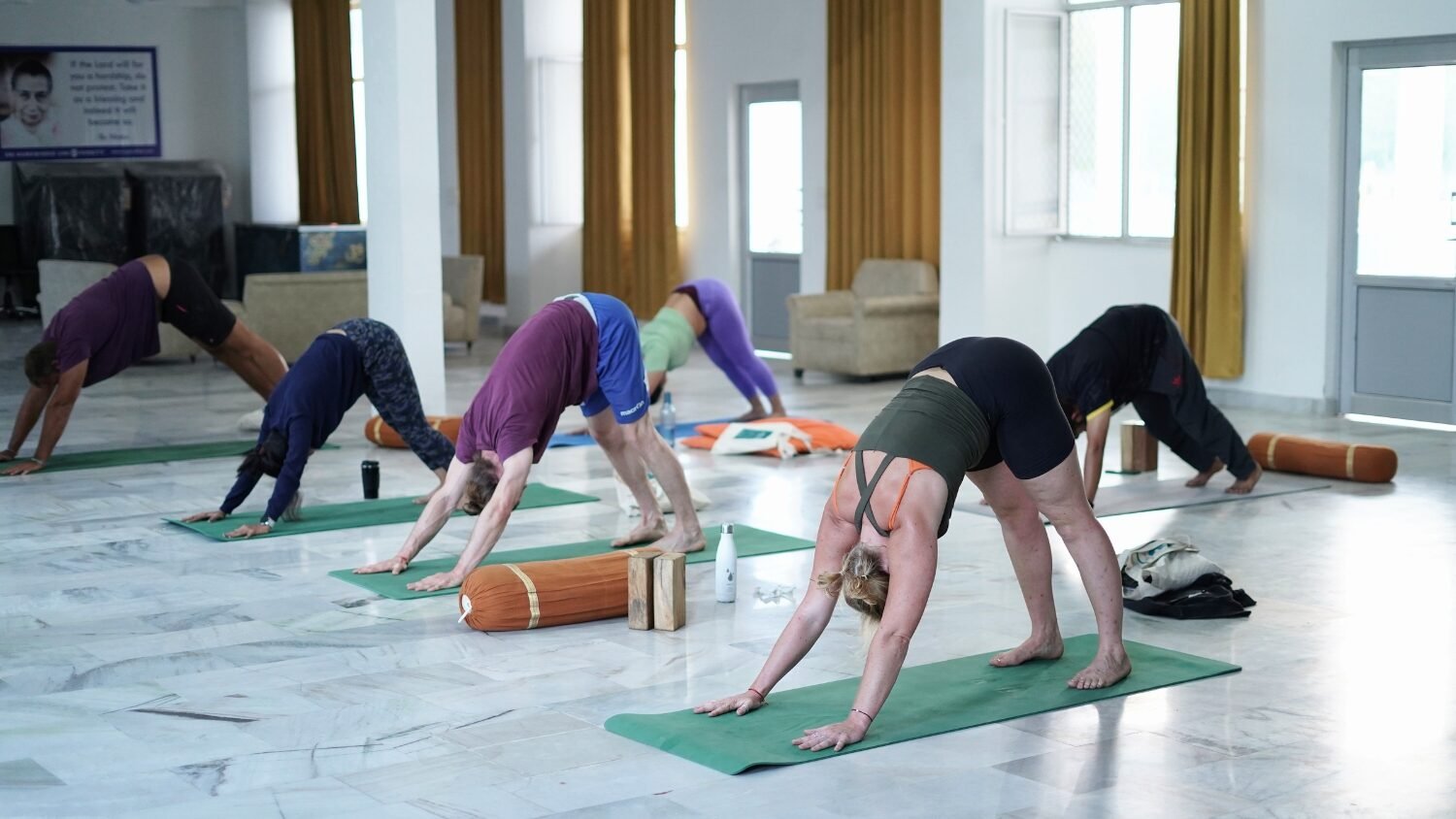
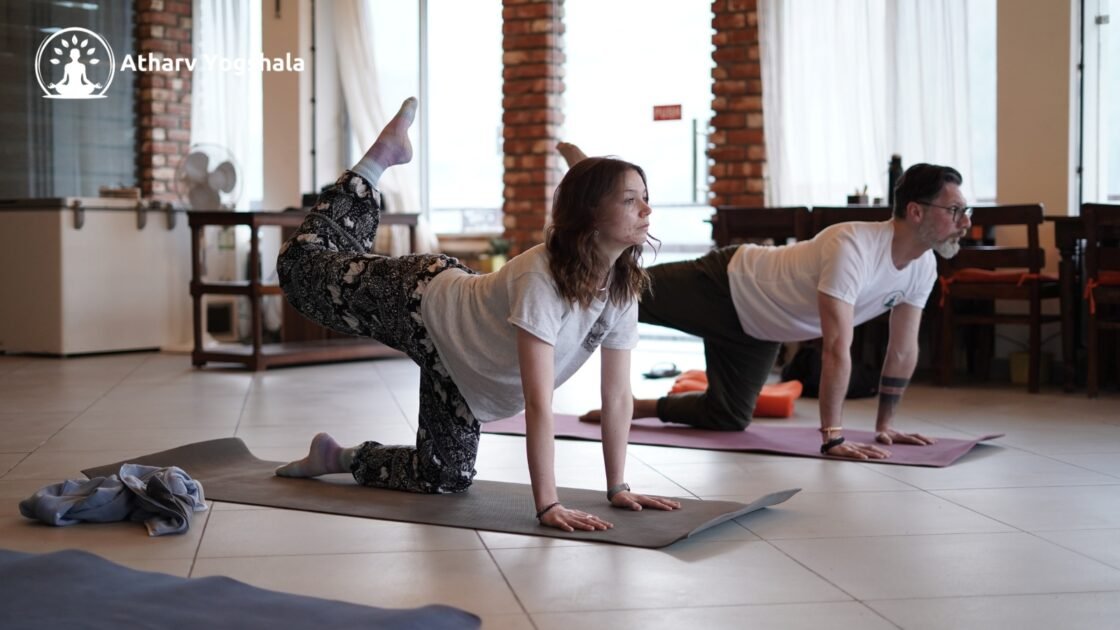


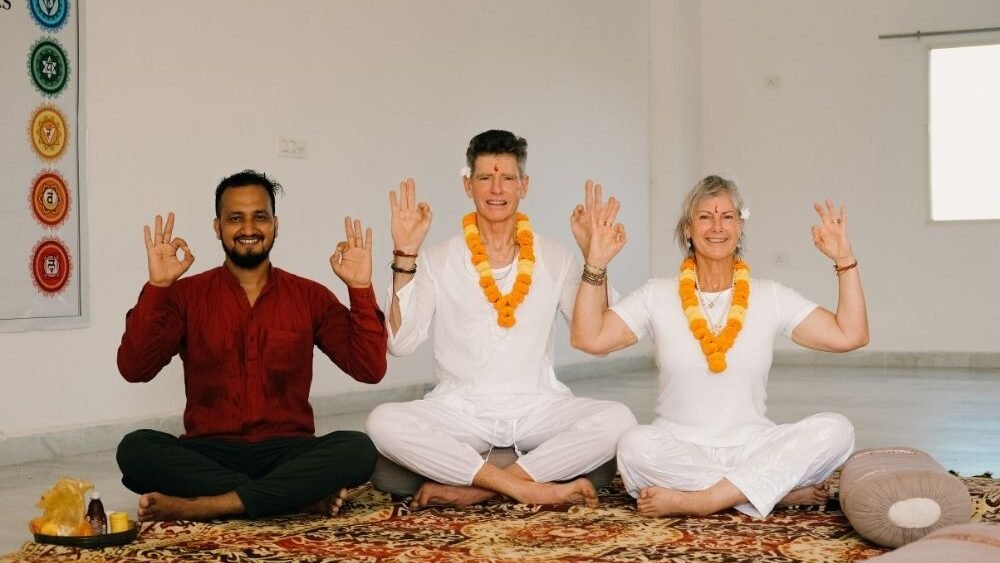




Leave a comment: